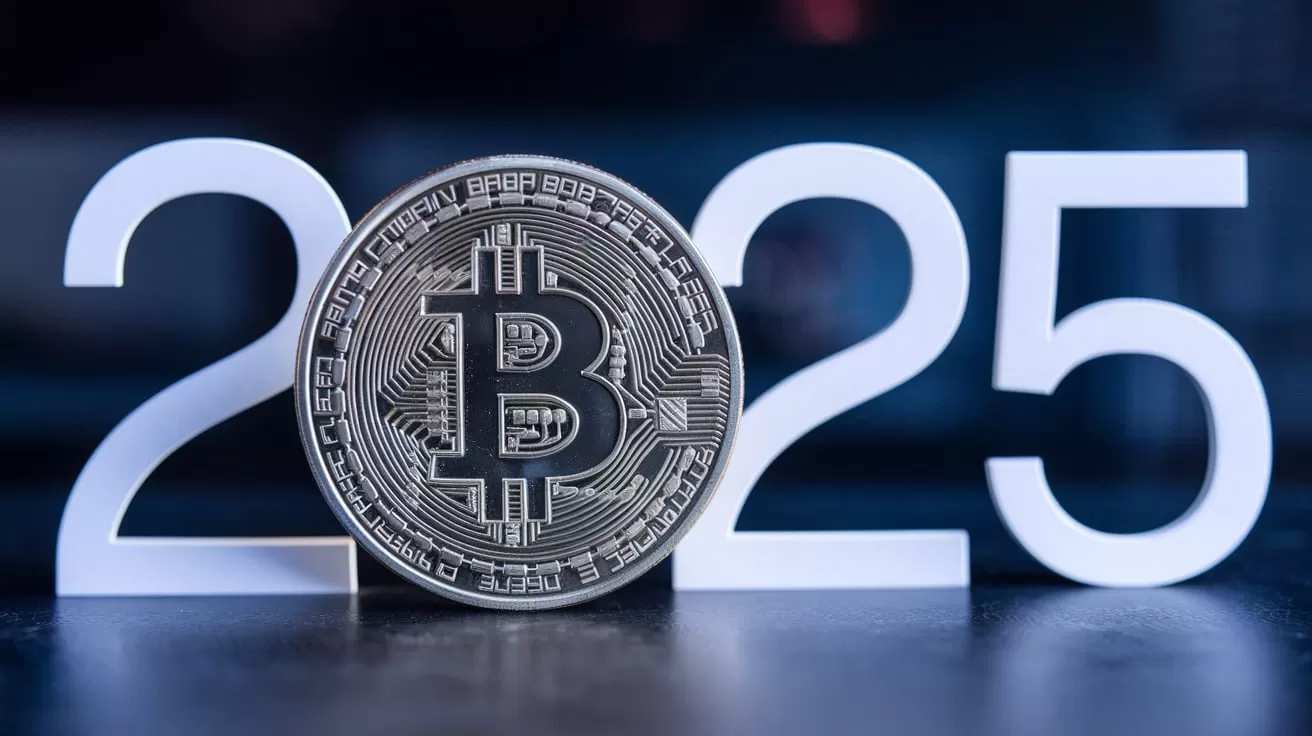Cryptocurrency news ftasiamanagement
In August 1971, President Richard Nixon announced 10% across-the-board tariffs on U.S. imports and ended the convertibility of Dollars into gold. Allies were not consulted in advance, even though the actions ended the multilateral Bretton Woods exchange rate system in place since World War II https://drying-machine.org/app/. The so-called “Nixon Shock” was followed by extensive negotiations over the next four months, culminating in the Smithsonian Agreement in December 1971, in which G10 nations agreed to revalue their currencies versus the Dollar in exchange for tariff relief. While the tariffs were ultimately short-lived, the events changed global trade flows and had long-lasting implications for financial markets (Exhibit 1).
CFTC withdraws staff advisory related to clearing of digital asset derivatives. On March 28, the CFTC announced that it was withdrawing Staff Advisory No. 23-07, which warned Derivatives Clearing Organizations (DCOs) that the CFTC’s Division of Clearing and Risk (DCR) would treat digital asset services as involving “heightened cyber and other operational risks,” exposing DCOs to greater scrutiny from the DCR. In withdrawing the advisory, the CFTC emphasized that “its regulatory treatment of digital asset derivatives” will not “vary from its treatment of other products.”
President Trump signs bill overturning IRS DeFi broker rule. On April 10, President Trump signed into law a Congressional Review Act of Disapproval (CRA) to overturn the Internal Revenue Service (IRS) Digital Assets Sale and Exchanges Rule, otherwise known as the “DeFi broker rule.” The DeFi broker rule previously required digital asset “brokers” to report to the IRS certain decentralized finance (DeFi) transactions conducted on their platforms. The rule defined “brokers” to include DeFi platforms, which typically are unable to collect from users the information required by the rule. The CRA prohibits any future administration from issuing similar rules without new legislation. For more information on the DeFi broker rule, see our January 2025 issue.
CoinDCX Research Team noted, “The crypto market consolidation continues as most of the tokens remain stuck within the same pre-determined range with a decrease in volatility. Bitcoin continues to trade around $94,600, while the other altcoins remain stuck around the ranges they traded in the past couple of days. Meanwhile, the altcoins like Monero (XMR), Artificial SuperIntelligence Alliance (FET), Fartcoin (FARTCOIN), etc., and a few more display strength, while Virtual Protocol (VIRTUAL), Official Trump (TRUMP), and Walrus (WAL) face a huge pullback of nearly 10%.”
Thanks to a 7.91% price increase, Axelar was the biggest gainer of the day among the top 200 cryptocurrencies by market cap. Safe came in second place, with 24-hour gains of 7.85%. Celo, WEMIX Token and Bonk complete today’s list of the top cryptocurrency gainers.
Cryptocurrency news april 30 2025
Dubai hosted the TOKEN2049 conference, attracting over 15,000 participants, including industry leaders from BlackRock, Goldman Sachs, and Binance. Discussions revolved around crypto adoption, regulations, and shifting investor sentiment toward Trump’s policies on digital assets.
Back in early March, Finbold consulted xAI’s Grok 3 model for insight as to when Bitcoin prices could reach a bottom. According to the LLM’s output, the bottom might have already been reached, as it predicted this would happen in the $78,000 to $82,000 range between mid-March and early April. In addition, Grok predicted that a consolidation period would follow — which matches up with the findings shared here today.

Dubai hosted the TOKEN2049 conference, attracting over 15,000 participants, including industry leaders from BlackRock, Goldman Sachs, and Binance. Discussions revolved around crypto adoption, regulations, and shifting investor sentiment toward Trump’s policies on digital assets.
Back in early March, Finbold consulted xAI’s Grok 3 model for insight as to when Bitcoin prices could reach a bottom. According to the LLM’s output, the bottom might have already been reached, as it predicted this would happen in the $78,000 to $82,000 range between mid-March and early April. In addition, Grok predicted that a consolidation period would follow — which matches up with the findings shared here today.
John Squire’s perspective on XRP sheds light on the asset’s robust liquidity and limited active supply, which could lead to disproportionate price increases. His views are supported by analysts who predict a possible price range of $33 to $100, reminiscent of XRP’s 2017 rally.
OFAC drops sanctions against Tornado Cash. On March 21, the Department of the Treasury announced the removal of economic sanctions against Tornado Cash “as reflected in Treasury’s Monday filing in Van Loon v. Department of the Treasury.” Treasury asserted that it “remains committed to using authorities to expose and disrupt the ability of malicious cyber actors to profit from their criminal activities through the exploitation of digital assets and the digital assets ecosystem.”
Cryptocurrency news april 2025
Bitcoin purchases by public companies have been one consistent source of demand. Strategy (formerly MicroStrategy), which pioneered corporate Bitcoin investing, purchased another 25k Bitcoin (~$2.4bn) during April. Strategy now holds roughly 3% of the circulating supply valued at more than $50bn. Separately, a consortium including Tether, Bitfinex, Softbank, and Cantor Fitzgerald announced the creation of Twenty One Capital, a new company initially capitalized with 42,000 Bitcoin. At that size Twenty One Capital would have the third-largest Bitcoin portfolio among public companies, after Strategy and Bitcoin miner MARA. The company will go public through a SPAC (special-purpose acquisition company), which currently trades as Cantor Equity Partners (ticker: CEP).
April 23, 2025, marked a pivotal day in cryptocurrency news with significant developments impacting Bitcoin, Chiliz, and the legal landscape. Bitcoin, after a sharp decline due to new US tariffs, showed a strong recovery, decoupling from US risk assets and aligning more with gold. This shift was fueled by ongoing tariff negotiations and the nearing deadline of the Strategic Bitcoin Reserve.
Bitcoin’s recovery illustrates its resilience and growing independence from traditional risk assets, which might indicate a maturing market that reacts more to global economic factors and less to national policies. The correlation with gold suggests that investors might be starting to view Bitcoin as a ‘safe haven’ asset during times of economic uncertainty.

Bitcoin purchases by public companies have been one consistent source of demand. Strategy (formerly MicroStrategy), which pioneered corporate Bitcoin investing, purchased another 25k Bitcoin (~$2.4bn) during April. Strategy now holds roughly 3% of the circulating supply valued at more than $50bn. Separately, a consortium including Tether, Bitfinex, Softbank, and Cantor Fitzgerald announced the creation of Twenty One Capital, a new company initially capitalized with 42,000 Bitcoin. At that size Twenty One Capital would have the third-largest Bitcoin portfolio among public companies, after Strategy and Bitcoin miner MARA. The company will go public through a SPAC (special-purpose acquisition company), which currently trades as Cantor Equity Partners (ticker: CEP).
April 23, 2025, marked a pivotal day in cryptocurrency news with significant developments impacting Bitcoin, Chiliz, and the legal landscape. Bitcoin, after a sharp decline due to new US tariffs, showed a strong recovery, decoupling from US risk assets and aligning more with gold. This shift was fueled by ongoing tariff negotiations and the nearing deadline of the Strategic Bitcoin Reserve.
Bitcoin’s recovery illustrates its resilience and growing independence from traditional risk assets, which might indicate a maturing market that reacts more to global economic factors and less to national policies. The correlation with gold suggests that investors might be starting to view Bitcoin as a ‘safe haven’ asset during times of economic uncertainty.

